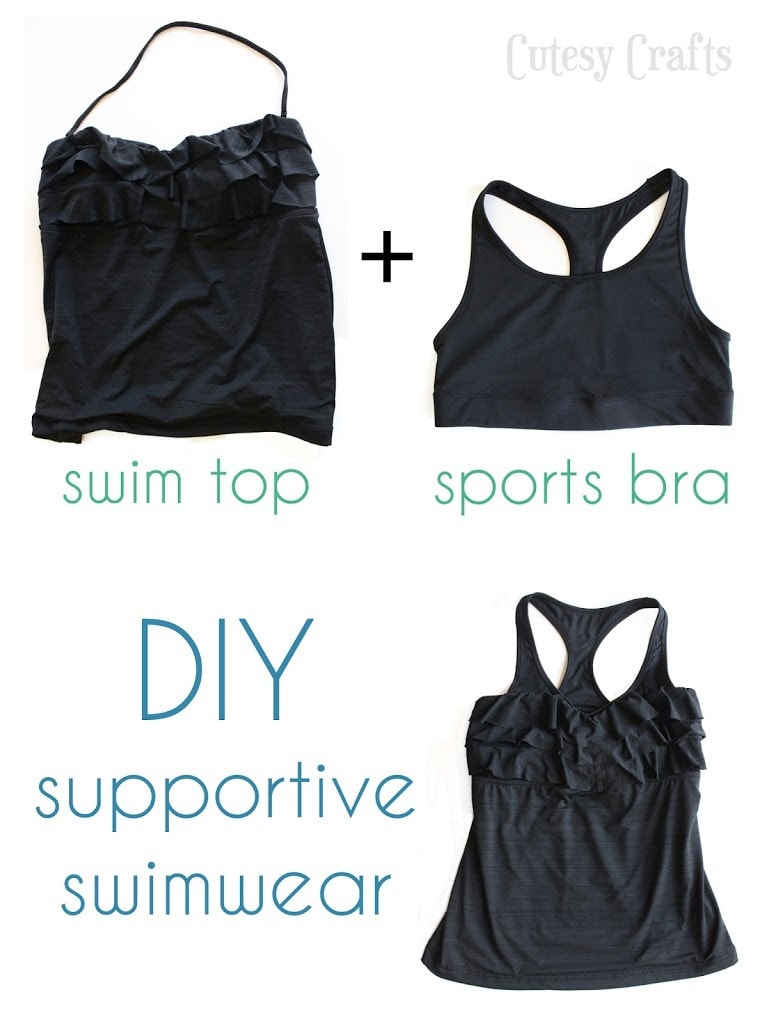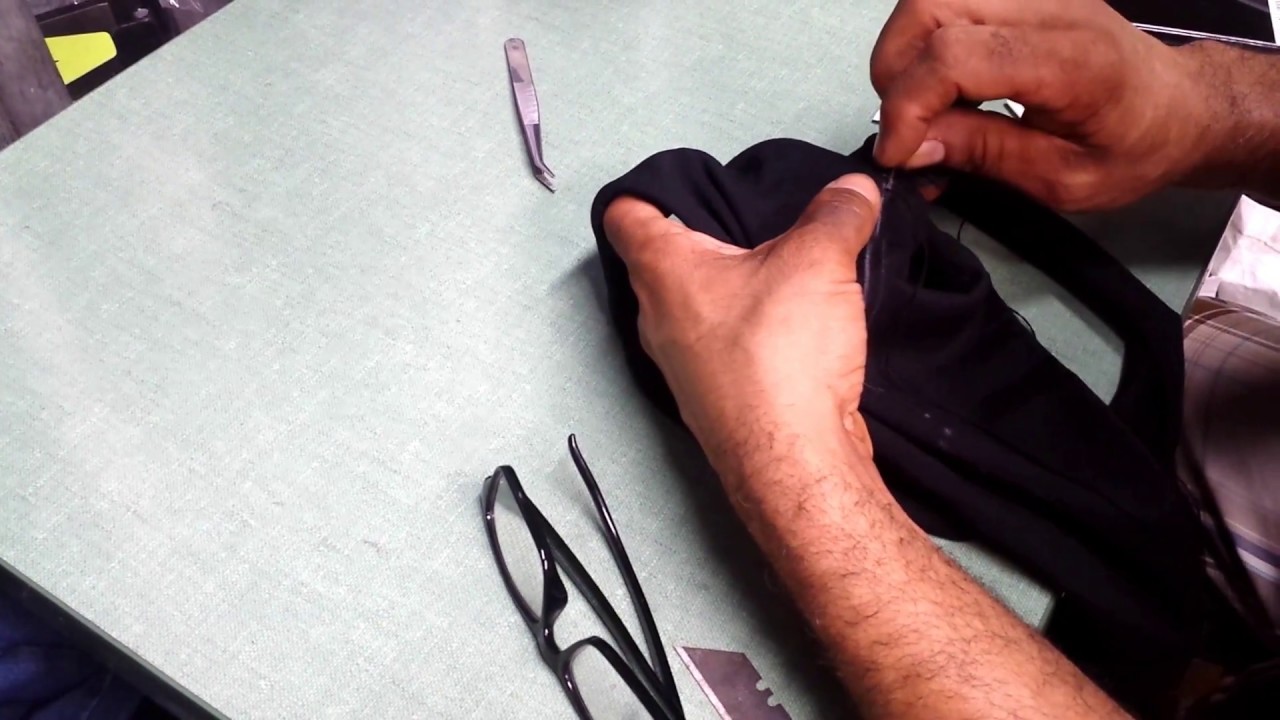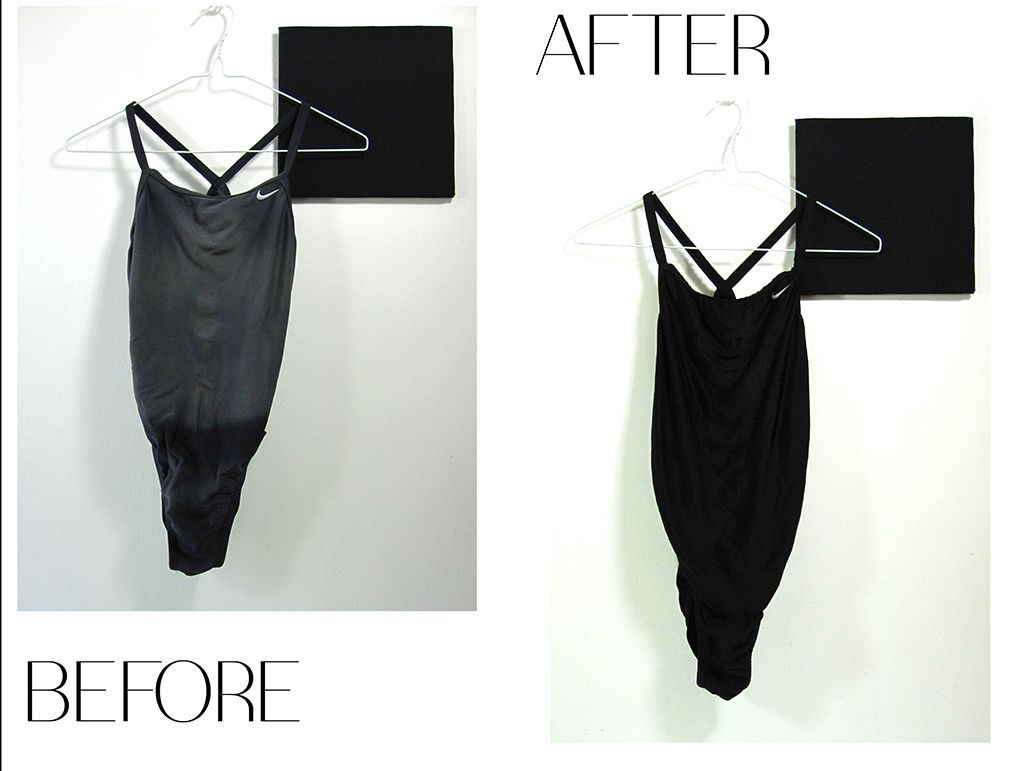Content Menu
● Introduction
● Part 1: Repairing Your Swimsuit
● Part 2: Storing Your Swimsuit
● Part 3: Additional Tips for Swimsuit Care
● Conclusion
Introduction
Swimsuits are essential items in our wardrobe, especially during the summer months or for those who enjoy water activities year-round. However, these delicate garments often face wear and tear due to exposure to harsh elements like chlorine, saltwater, sun, and sand. Proper care, timely repairs, and correct storage are crucial to extending the life of your favorite swimwear. In this comprehensive guide, we'll explore the best practices for repairing damaged swimsuits and storing them effectively to ensure they remain in pristine condition for many seasons to come.

Part 1: Repairing Your Swimsuit
1.1 Assessing the Damage
Before attempting any repairs, it's essential to assess the extent of the damage to your swimsuit. Common issues include:
◆ Loose or broken straps
◆ Torn fabric
◆ Faded or discolored areas
◆ Stretched-out elastic
◆ Pilling or fuzzing of the fabric
Identifying the specific problem will help you determine the best course of action for repair.
1.2 Tools and Materials Needed
To repair your swimsuit effectively, you'll need the following tools and materials:
◆ Needle and thread (matching the color of your swimsuit)
◆ Scissors
◆ Swimsuit repair patches
◆ Fabric glue
◆ Elastic (if replacing stretched-out bands)
◆ Sewing machine (optional, for more extensive repairs)
1.3 Repairing Loose or Broken Straps
One of the most common issues with swimsuits is loose or broken straps. Here's how to fix them:
◆ Thread a needle with a color that matches your swimsuit.
◆ Tie a knot at the end of the thread.
◆ Carefully sew the strap back onto the swimsuit, making sure to reinforce the stitching.
◆ For added durability, consider using a zigzag stitch if you're using a sewing machine.

1.4 Fixing Torn Fabric
For small tears in the fabric:
◆ Turn the swimsuit inside out.
◆ Apply a small amount of fabric glue to the tear.
◆ Press the edges of the tear together and hold for a few minutes until the glue sets.
◆ Allow the glue to dry completely before wearing the swimsuit.
For larger tears:
◆ Cut a swimsuit repair patch slightly larger than the tear.
◆ Place the patch over the tear on the inside of the swimsuit.
◆ Using a needle and thread or a sewing machine, darn the patch to the suit by sewing back and forth along the edges.

1.5 Addressing Faded or Discolored Areas
While it's challenging to restore the original color of a faded swimsuit, you can try the following:
◆ Mix one part white vinegar with three parts water.
◆ Soak the swimsuit in this solution for 30 minutes.
◆ Rinse thoroughly with cool water.
◆ If the fading persists, consider using fabric dye specifically designed for swimwear to refresh the color.
1.6 Fixing Stretched-Out Elastic
To repair stretched-out elastic:
◆ Remove the old elastic by carefully cutting it out.
◆ Measure and cut a new piece of elastic to the appropriate length.
◆ Pin the new elastic in place, stretching it slightly as you go.
◆ Sew the new elastic in place using a zigzag stitch.
1.7 Dealing with Pilling or Fuzzing
To remove pills or fuzz from your swimsuit:
◆ Lay the swimsuit flat on a clean surface.
◆ Gently use a fabric shaver or a new razor to remove the pills.
◆ Be careful not to apply too much pressure to avoid damaging the fabric
Part 2: Storing Your Swimsuit
Proper storage is crucial for maintaining the quality and longevity of your swimsuit. Follow these steps to ensure your swimwear stays in excellent condition during the off-season or between uses.
2.1 Cleaning Before Storage
Before storing your swimsuit, it's essential to clean it thoroughly:
◆ Rinse the swimsuit in cool water immediately after use to remove chlorine, salt, sand, and sunscreen.
◆ Hand wash the swimsuit using a mild detergent specifically formulated for delicate fabrics.
◆ Gently squeeze out excess water – avoid wringing or twisting the fabric, as this can damage the fibers.
◆ Lay the swimsuit flat on a clean towel and roll the towel to absorb excess moisture.
2.2 Drying Your Swimsuit
Proper drying is crucial to prevent damage and mildew:
◆ Never use a dryer, as the heat can break down the fabric and elasticity of the swimsuit.
◆ Avoid hanging the swimsuit by its straps, as this can cause stretching and distortion.
◆ Lay the swimsuit flat on a clean, dry towel in a well-ventilated area.
◆ Keep the swimsuit away from direct sunlight, as UV rays can fade the colors and damage the fabric.
2.3 Folding Techniques
Proper folding can help maintain the shape of your swimsuit:
For one-piece swimsuits:
◆ Lay the swimsuit face-down on a flat surface.
◆ Fold the straps back over the middle of the suit.
◆ Fold the sides inward, creating a rectangle shape.
◆ Fold the bottom up to meet the top of the suit.
For two-piece swimsuits:
◆ Lay the top flat and fold the straps inward.
◆ Fold the sides of the top inward to create a rectangle.
◆ For the bottom piece, fold in half vertically, then fold the waistband down to meet the leg openings.

2.4 Choosing the Right Storage Location
The storage environment plays a crucial role in preserving your swimsuit:
◆ Select a cool, dry place away from direct sunlight and heat sources.
◆ Avoid storing swimsuits in plastic bags, as these can trap moisture and promote mildew growth.
◆ Use breathable fabric pouches or mesh bags to allow air circulation.
◆ Consider using acid-free tissue paper between folds to prevent creasing.
2.5 Organizing Your Swimwear Collection
If you have multiple swimsuits, organize them for easy access:
◆ Group swimsuits by type (one-piece, bikinis, tankinis) or by pattern/color.
◆ Use drawer dividers or small boxes within a larger storage container to keep sets together.
◆ Label storage containers or pouches for quick identification.
2.6 Regular Maintenance During Storage
Even when stored, swimsuits require some attention:
◆ Every few months, take out your swimsuits and refold them to prevent permanent creasing.
◆ Check for any signs of mildew or damage and address issues promptly.
◆ Ensure the storage area remains dry and cool throughout the off-season.

Part 3: Additional Tips for Swimsuit Care
3.1 Rotating Your Swimwear
To extend the life of your swimsuits, consider the following:
◆ If possible, have multiple swimsuits and rotate their use.
◆ Allow at least 24 hours between wears to ensure the suit is completely dry.
◆ For competitive swimmers, take breaks between races or sets when wearing tech suits.
3.2 Protecting Your Swimsuit from Environmental Factors
◆ Minimize damage from external elements:
◆ Apply sunscreen and let it absorb into your skin before putting on your swimsuit.
Avoid sitting on rough surfaces like concrete pool edges or wooden benches.
◆ Rinse off sand thoroughly before washing your swimsuit to prevent abrasion.
3.3 Dealing with Stubborn Stains
For tough stains on your swimsuit:
◆ Pre-treat the stain with a stain remover designed for delicate fabrics.
◆ For sunscreen stains, try using baking soda. Apply it to the stain and let it sit for two hours before washing 6.
◆ For general stains, soak the swimsuit in a mixture of one part white vinegar to three parts water for 30 minutes before washing 6.
3.4 Avoiding Common Mistakes
Steer clear of these common errors to prolong the life of your swimsuit:
◆ Never use bleach or fabric softener, as these can damage the fabric and elasticity.
◆ Avoid using a washing machine, even on a gentle cycle, as it can be too harsh for delicate swimwear.
◆ Don't leave your wet swimsuit in a plastic bag or wrapped in a towel for extended periods, as this can lead to mildew growth.

Conclusion
Proper care, timely repairs, and correct storage are essential for maintaining the quality and extending the lifespan of your swimsuits. By following the comprehensive guide outlined above, you can ensure that your favorite swimwear remains in excellent condition for many seasons to come. Remember that prevention is key – regular maintenance and careful handling can significantly reduce the need for repairs and help preserve the fabric, elasticity, and color of your swimsuits.
Whether you're a casual beachgoer or a competitive swimmer, investing time in the proper care of your swimwear will not only save you money in the long run but also ensure that you always have a well-fitting, attractive swimsuit ready for your next aquatic adventure. So, take the time to repair any damage promptly, clean your swimsuit thoroughly after each use, and store it correctly during the off-season. Your swimwear will thank you by providing years of reliable service and helping you look your best by the pool, at the beach, or wherever your water-based activities take you.






































































